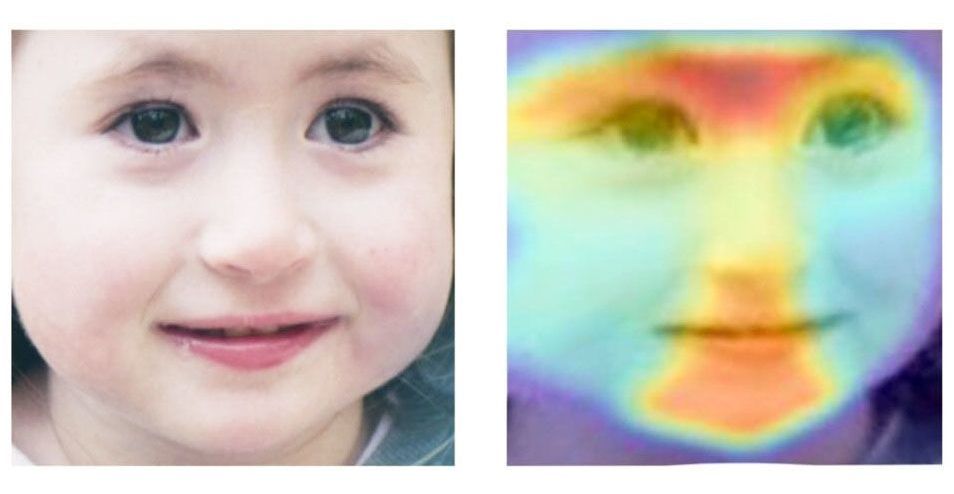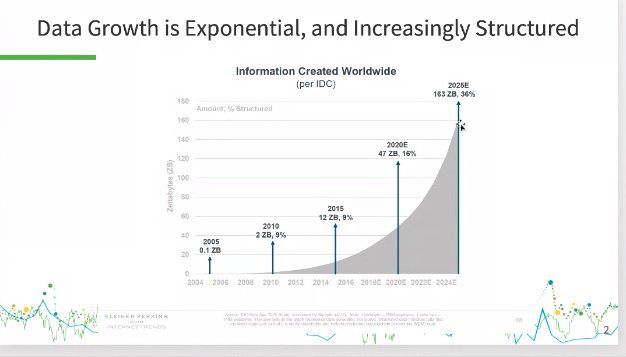This could make it cheaper for big companies to use artificial intelligence.
Companies hoping to use artificial intelligence should benefit from more efficient chip designs.


#MachineLearning and #ArtificialIntelligence are revolutionising the online world. They are capable of reducing costs, analysing data, recognising patterns and trends we can’t see with the human eye and making real- time decisions. Now, they are being used to help prevent financial fraud and they’re learning how to do it better every day.
Machine learning and artificial intelligence are revolutionising the online world. They are capable of reducing costs, analysing data, recognising patterns and trends we can’t see with the human eye and making real-time decisions. Now, they are being used to help prevent financial fraud and they’re learning how to do it better every day.
Currently it is estimated that cybercrime costs the global economy approximately $600 billion, with one of the most common forms being credit card fraud which has grown considerably with the increase in the online market. As more and more people chose to transact online it is becoming increasingly important for financial services to invest in better, faster and more accurate fraud detection and prevention techniques.
How our data helps protect us
Thanks to there being such a large amount of online transactions, this means that there is a huge amount of customer data available which can be studied and learnt by AI. They can learn how to identify valid credit card behavioural patterns and how to detect irregular behaviour which could be fraudulent.

The company is showing several prototypes at CES, including an exoskeleton and a home robot.
#ProjectDebater –Speech by Crowd is an experimental #AI platform that uses your arguments to create pro and con narratives on topics of debate.


In the past few years, artificial intelligence has advanced so quickly that it now seems hardly a month goes by without a newsworthy AI breakthrough. In areas as wide-ranging as speech translation, medical diagnosis, and gameplay, we have seen computers outperform humans in startling ways.
This has sparked a discussion about how AI will impact employment. Some fear that as AI improves, it will supplant workers, creating an ever-growing pool of unemployable humans who cannot compete economically with machines.
This concern, while understandable, is unfounded. In fact, AI will be the greatest job engine the world has ever seen.


ARMONK, N.Y., Jan. 4, 2019 /PRNewswire/ — IBM (NYSE: IBM) Chairman, President and CEO Ginni Rometty will deliver the opening keynote at CES 2019 on Tuesday, Jan. 8. CES is the largest and one of the most influential technology events in the world.
Rometty will show how technologies like artificial intelligence, blockchain and cloud are reshaping the world of business, and, in turn, our daily lives. She also will talk about what’s coming next in these pioneering technologies – and how new data will revolutionize how we live, work and play. Rometty shares perspective on the future of technology in the Consumer Technology Association magazine It Is Innovation (i3) CES edition: https://www.nxtbook.com/nxtbooks/manifest/i3_20190102
Rometty will be joined onstage by Ed Bastian, CEO of Delta Air Lines; Charles Redfield, executive vice president of Food for Walmart; and Vijay Swarup, vice president of R&D for ExxonMobil.
Simulative Emotional Expression Robot
